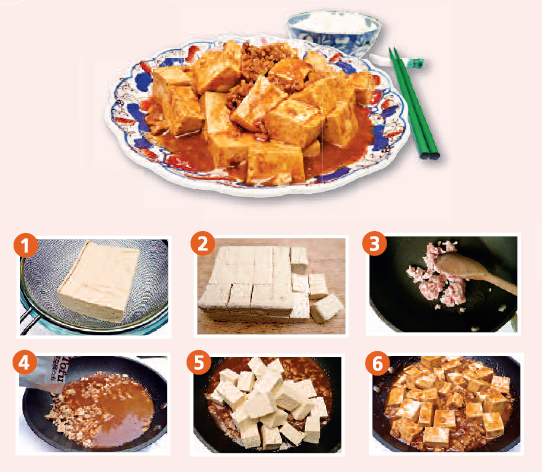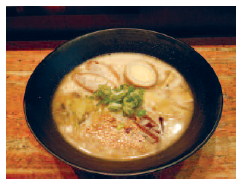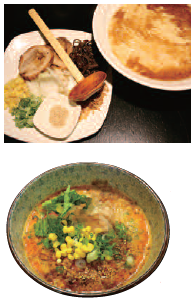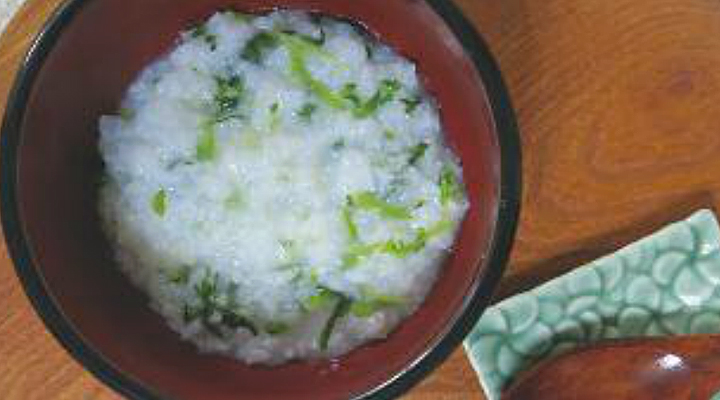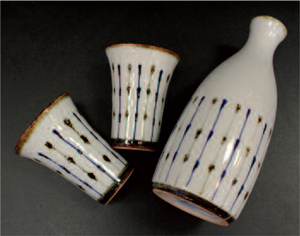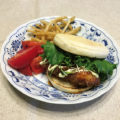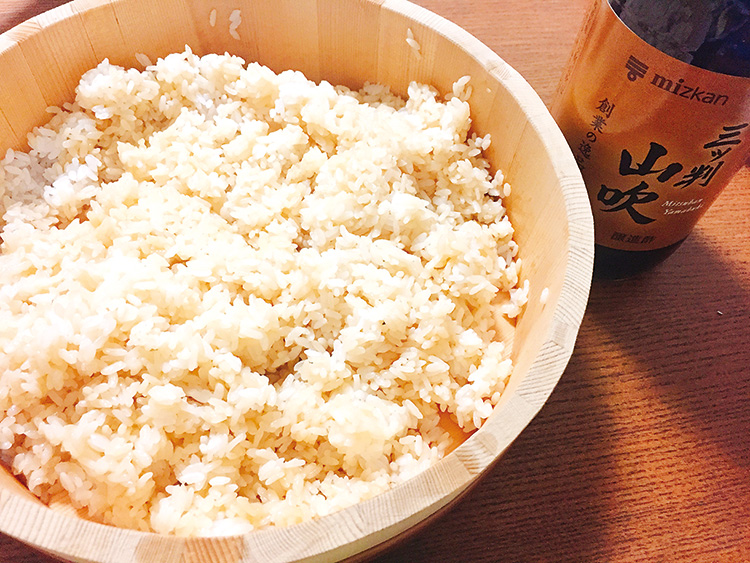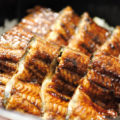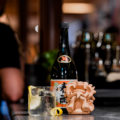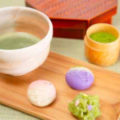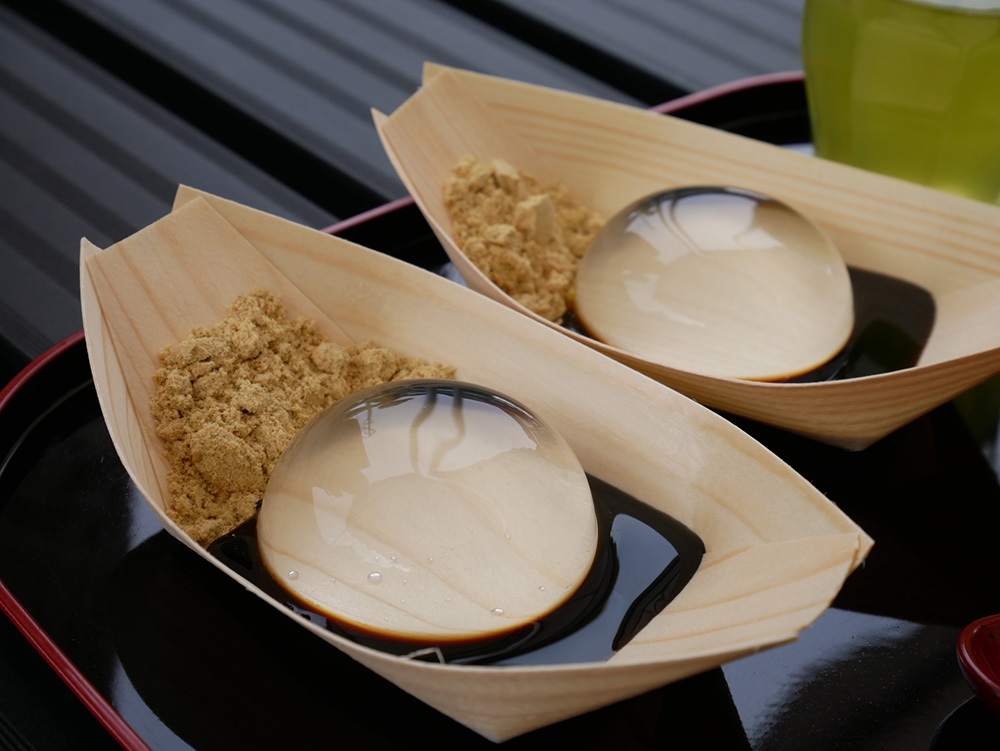

The Mizu shingen mochi, or raindrop cake, is attracting incredible interest worldwide.
A pastry shop in Yamanashi Prefecture offers a jelly-based dessert that looks as good as it tastes.
Have you come across the “raindrop cake”? Though it’s called a cake, it’s more like a jelly resembling a giant rain- drop, which delights and surprises everyone with its melt-in-the-mouth texture and delicate taste. Jelly has always been Japan’s favourite dessert.
Traditionally made with agar-agar, then with gelatine when it was imported, jelly desserts come in all shapes and flavours, from tradition- al, sophisticated pastries, especially in summer, to snacks available in konbini (convenience stores) such as panna cotta, blancmange, flans, mousses, jellies…
The raindrop cake was first launched in a pas- try shop in Yamanashi and rapidly became very popular. The shop only produces it at the week- end during the summer months, when people who have travelled to this spot at the foot of the mountain just to taste the raindrop cake form long queues.
This region already produces a mochi called shingen mochi made of glutinous rice powder and sugar over which brown sugar syrup and soybean powder are poured. The new dessert was named mizu shingen mochi, (mizu = water), a more watery version of the sweet.
The key to the success of this very simple dish, as the pastry shop explains, is that it “allows you to enjoy local spring water in its purest form”. The region is famous for its beautiful mountains and the exceptional quality of the groundwater. The purity of the water is para- mount in the making of this dessert, and the taste is unique. Moreover, to reinforce this impression of “eating water”, the recipe con tains the maximum amount of water possible relative to the agar-agar, so that it only lasts for a very short time, and to enjoy it, customers have to travel to this shop in the north of the region. Eating it while contemplating the landscape enhances the experience.
But nowadays, the local success of a product can immediately become global. Photos of the dessert posted on social networks quickly spread to the four corners of the world and, today, there are no fewer than 28,000 on Instagram with the #mizushingenmochi, and more than 25,000 posts with the reference #raindropcake. Many people try to replicate the raindrop cake in their own country.
Now served with all kinds of sauces and in every colour, the sweet has undoubtedly lost some of its original purity. But this craze is also a symbol of that moment of childhood wonder: the sight of a drop of water forming a half-sphere on a leaf. And for your information: it’s very easy to make! You can use whichever kind of water you prefer, or organise your own tasting session of spring water as a dessert…
Sekiguchi Ryoko

